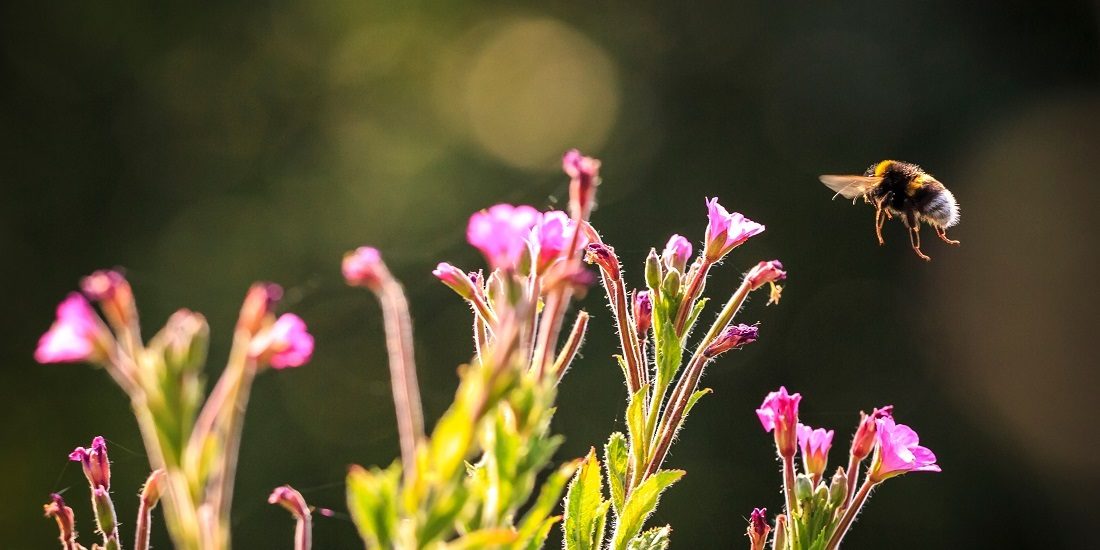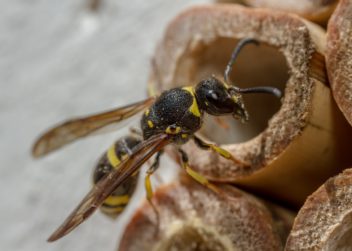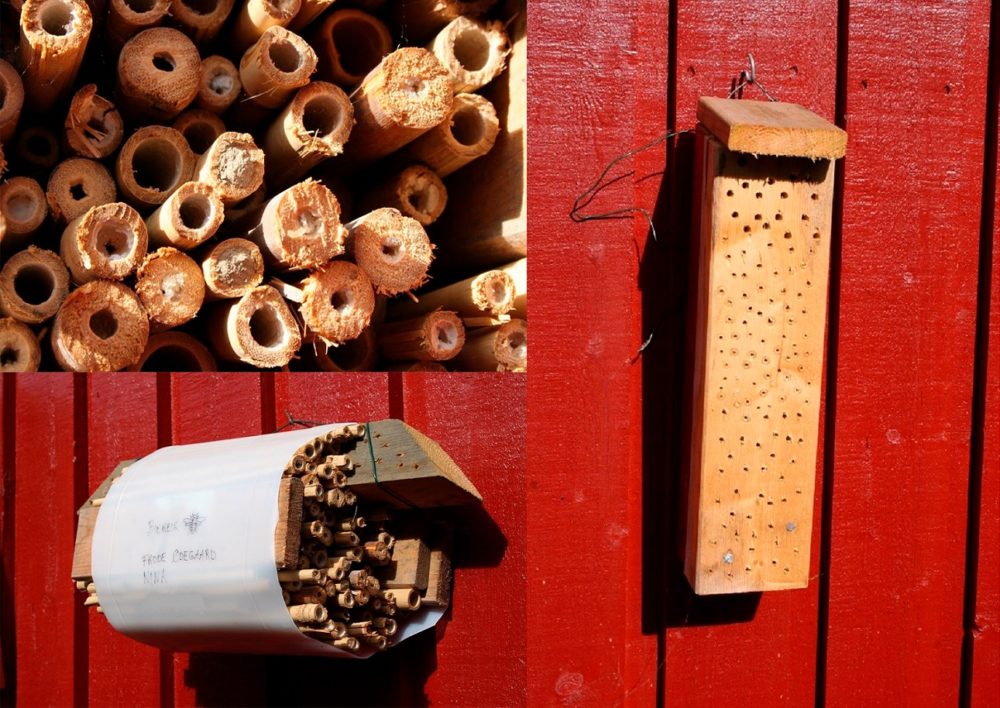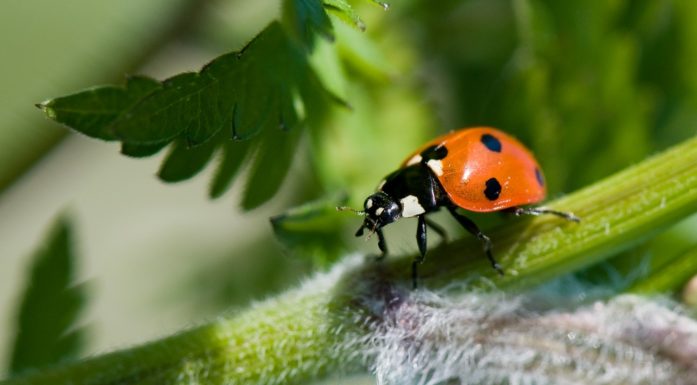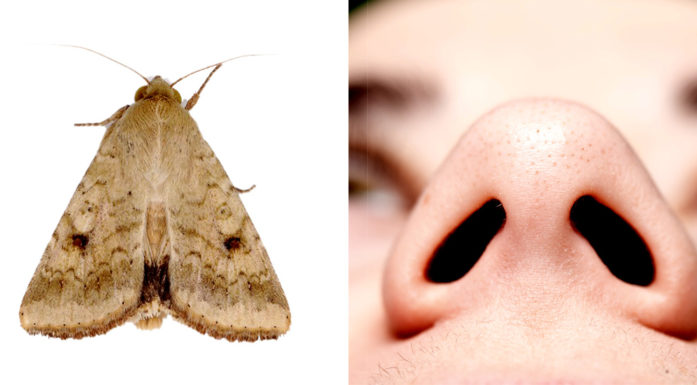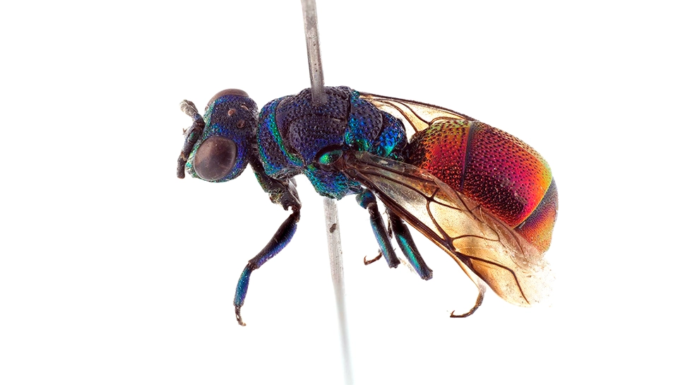How you can help the insect world
Many insect species are struggling. But all of us can help them, whether we live in an apartment or in a house with a garden.
The insect population is declining around large parts of the globe. Many researchers are reporting very disturbing tendencies. As insects disappear, the species that depend on them will follow suit, whether they’re birds that eat them or plants that rely on insects to reproduce.
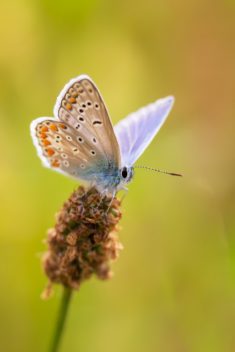
The common-wing butterfly (Polyommatus icarus) is also fond of flowers. Photo: Shutterstock, NTB Scanpix
“A lot of people are aware of the problem and want to help,” says Frode Ødegaard, an insect researcher and associate professor at NTNU’s Department of Natural History.
And people are seeing how simple measures can be useful and make a difference.
There are lots of reasons why more insects are in such decline now . Climate change, herbicides and insecticides are partly to blame. But the main reason is that insect habitats are disappearing. This is where most everyone can help.
It’s true that the more space you have, the more ways you can likely help. But even people who live in tiny spaces can contribute.
- You might also like: Searching for answers to a century-old biological question
But I just live in an apartment
You can probably hang up an insect hotel on the wall outside your window even if you live in a small apartment.
You can either make one yourself or buy one any number of places. The most important thing is for the insects to have lots of different holes to lay their eggs in.
Ødegaard says bug hotels like this have a high success rate, so the chance of getting an insect visit is good.
But not all hotels are equally welcoming. A diameter between 4 and 8 millimetres is perfect. Larger holes limit the number of species that take residence, since few species need such large cavities. There is no need to adorn the hotel with pine cones and the like either.
“But don’t you get a lot of hornets in the house then?” the reporter asks.
“No, hornets don’t use these kinds of insect hotels,” says Ødegaard.
Insect hotels are used by many different species, depending on their hole size and design. But none of these species bothers humans. They don’t even go after your food if you eat breakfast with the window open.
Instead, you can enjoy different types of bees, potter wasps, Sphecidae and parasitoid wasps and other insects moving outside your window. You might even find yourself wanting to buy an insect guide to learn more about them.
- You might also like: When the hum of insects disappears
Actually, I have a balcony too
If you have a balcony or a good-sized flower box, you can plant some flowers as well as hang up your insect hotel. The kind of flowers you need varies a little depending on the season and the species you want to attract.
You can find plenty of lists online that give you plant suggestions, says Ødegaard.
Over 2000 different insect species in Norway visit plants for various reasons.
Bees get their food exclusively from flowers, but other species can use plants as a little extra nutrient load of sugar, or they eat the leaves, make use of petals, use the plants as hunting grounds or hiding places, or lay their eggs there – if they don’t sponge off the plants or otherwise depend on them.
Article continues below photo.

This was a well-groomed lawn seven years ago. By mowing it once a year, the owner has turned it into an insect haven. Photo: Frode Ødegaard
Oh, and I have garden access too
With a garden you obviously have even more possibilities. Now, not everyone may have neighbours or family who are willing to going along with dedicating the entire garden to insects, but maybe you can claim part of it?
How about making room for an old tree stump or a pile of wood shavings, preferably woody material full of holes that can accommodate even more species? Maybe you have an old rock pond or a south-facing slope. Everything helps, as long as you can create different habitats for a wide variety of species.
Not too many bee-friendly plants thrive on well-fertilized lawns. Grass and nutrient-demanding species outcompete the rest. Ideally, you should have somewhat poor, sandy soil, because that will support flowering plants that in turn can provide food for multiple insect species. In addition, dry sandy slopes can serve as nesting places for terrestrial bees.
A rich variety of many different flowers is important, but make sure you have flowers that the insects can actually use. Many flowers are now cultivated to be as beautiful as possible, but they may have no food value for the insects. Sticking to local plant species is an advantage if you want to be assured that you’re actually helping your six-legged friends.
If you want to be absolutely sure, you can buy wildflower seed mixtures beneficial to insects for your particular area, such as Nibio’s mixture which is based solely on Norwegian flower species.
Article continues below photo.
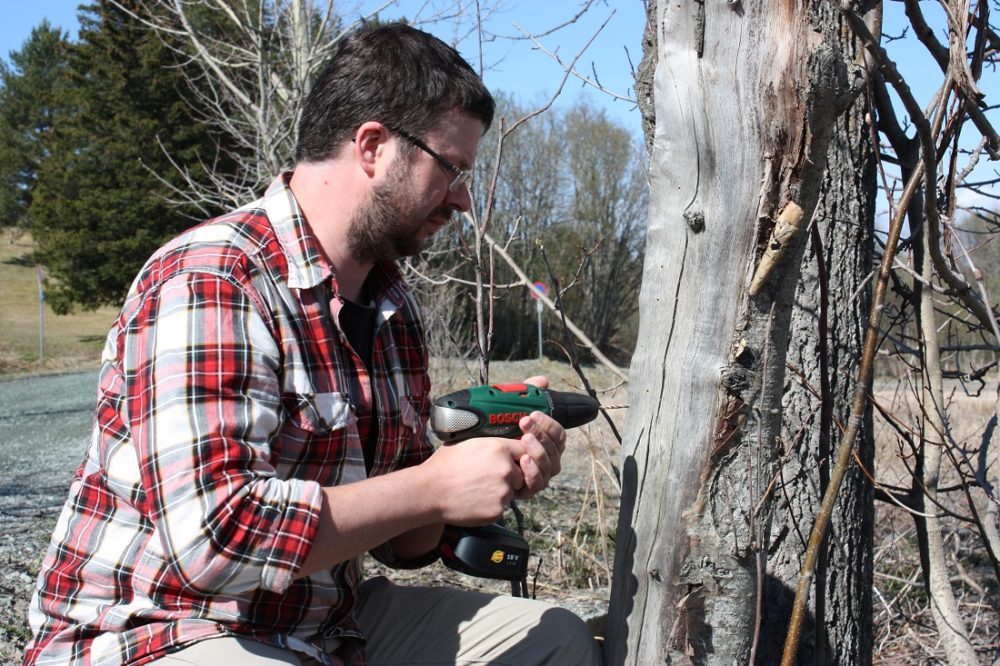
Insect researcher Frode Ødegaard drills holes for the insects in a dry tree trunk. Photo: Christina Jones, NINA
Lots of room? No problem!
If you have plenty of space, you can have more of everything. Plant a flowerbed. Don’t cut down the old willow tree or hedge or mountain ash, because they have plenty of food. Let fallen trees lie. Don’t fertilize unnecessarily on the habitat areas you have available.
You may have room for a bee hotel or a butterfly house as well. You can make a bee hotel by stacking some old logs that you drill holes into.
Instructions for building a butterfly house can be found here.
You will achieve the greatest variety of species by creating a mixture of different habitats with something for everyone. Big fields with few species are not well suited for most insects. Having a lot of shrubs and bushes is rarely a good solution compared to having more flowers.
And should you have a dirt driveway, by all means leave the ditch banks in peace. Here there is room for a lot of less common species.
Article continues below photo.
Traps to avoid
There are some traps that we should all avoid. For example, if you want a wide selection of species, there is no point in having beehives with domestic bees.
“Domestic bees are livestock. They’re fine if you like honey. But there’s no point in having beehives to increase species diversity. That’s a bit like keeping chickens to help the wild bird population,” says Ødegaard.
Private use of the herbicide Roundup in Norway has more than doubled in just a few years. This is bad news for the insects as well as for plants. Maybe you should just let that dandelion live.
But otherwise it’s easy to help out. Can we all give the insects a helping hand (or six?) this year?
